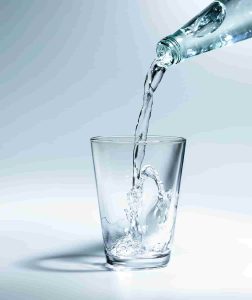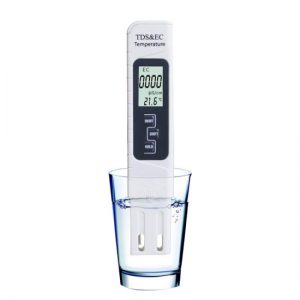Many times there is confusion in everybody’s mind that what should be the TDS of drinking water. Even many people Don’ts know what does water TDS level means.
Further many people don’ts want to share such information to the people because it can reduce the business of big brands.
So let us disclose all the things one by one

What is Water TDS
TDS means Total Dissolved Solids. In layman language we can say total dissolved Salts.
For example, if we drink a bore well water how much salts or solids present in that water. TDS is in dissolved form since we cannot see them by naked eye.
Major solids present in water are : Sodium, Chlorides, Magnisium, Sulphate, Calcium, nitrate etc.
These are also called minerals and are useful for body. But should be in a limit. We will discuss the same further.
What is PPM
Normally the TDS is measured in PPM. PPM is parts per million. Or in layman language, we can say parts per 10 Lakh particles.
For example, if the water is having 2000 PPM TDS. It means this water has 2000 parts of all the above-mentioned salts in 10 Lakh parts of water. Or 2000 mg (2gm) of salts in one liter of water.
Further to make you understand if you boil one this water till it dry, it will produce 2000 mg of salts.
TDS is also measure in milligram/liter and the value is same as of PPM.
What is the best TDS level for Drinking water?
In India, there are mainly two standards which tell about the TDS level of water for drinking purpose.
- IS 10500 (Drinking Water Standard)
- IS 14543 (Packaged Drinking Water Standard)
As per IS 10500, the TDS of water should be less than 500 ppm or mg/l.
As per IS 14543 which is a standard for packaged drinking water (Bisleri, Aquafina etc.) the TDS level should be less than 200 ppm or mg/l
WHO Water Standard
As per WHO the TDS level of water is given below in the table.
| TDS Level in parts per million(ppm) | Description |
| Less than 50 | Unacceptable |
| 100-300 | Excellent for drinking |
| 300-600 | Good |
| 600-900 | Fair |
| 900-1200 | Poor |
| Above 1200 | Unacceptable |
Below is the reference for WHO guidelines for water TDS level. You can also download the PDF using the following link.

Lower Limit of TDS
Above mentioned standards have defined the upper limit of TDS but not the lower limit. So what is the lower limit of TDS.
As per many studies it is proven that a TDS level less than 50 is harmful because it can nnot fulfil the mineral requirement of Human body. So any water where TDS is less than 50 is not good.
So what is the best TDS level: As analyzing all the standards for drinking water we can say that 100-300 PPM is the best range of water TDS level.
HOW to Measure the Water TDS Level
The most frequent way of measuring the water TDS level is by using the TDS meter. It detects the TDS level by measuring the conductivity of the water which is directly proportional to the TDS level.

How to Reduce or Remove TDS in Water
1. RO Water Purifier
RO purifier means Reverse Osmosis Purifiers. RO removes TDS by inserting forcing to the water, through a synthetic membrane. The membrane contains very small size pores which allows only minute particles less than 0.0001 microns to pass through. As a result most of the TDS removes from the water.
2. De-Mineralization
In this process, water is passed through cation and anion which absorb the ions of water and provide demineralized water. These de-mineralization machines are called DM water plants
3. Distillation
The process involves boiling of the water and as a result of this water vapor produces. These water vapors are liquified with the help of condensers. So the water generated by this is highly pure.



